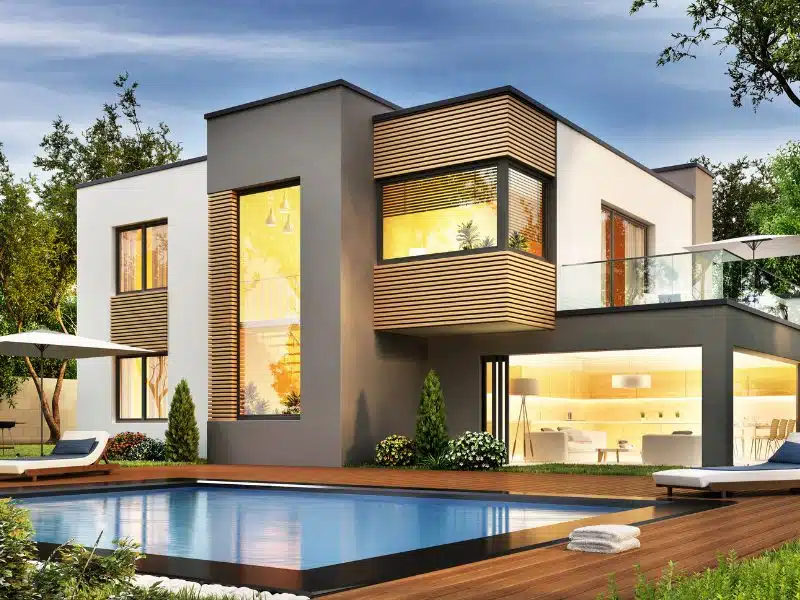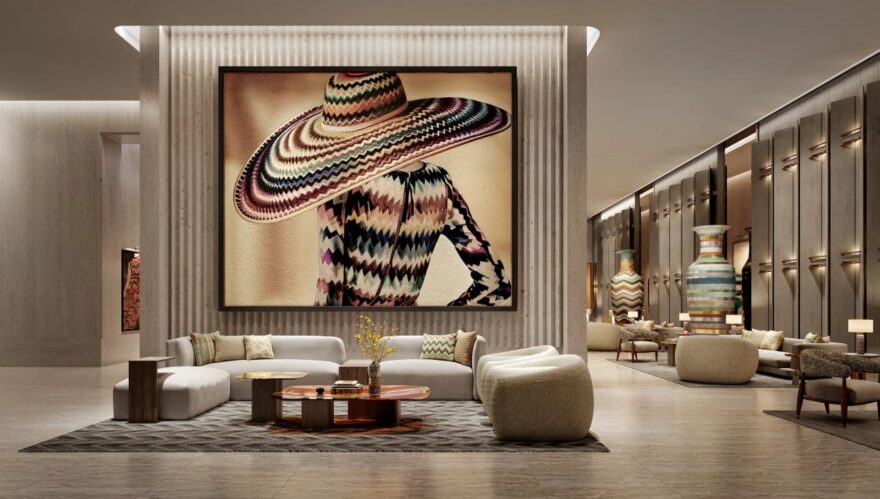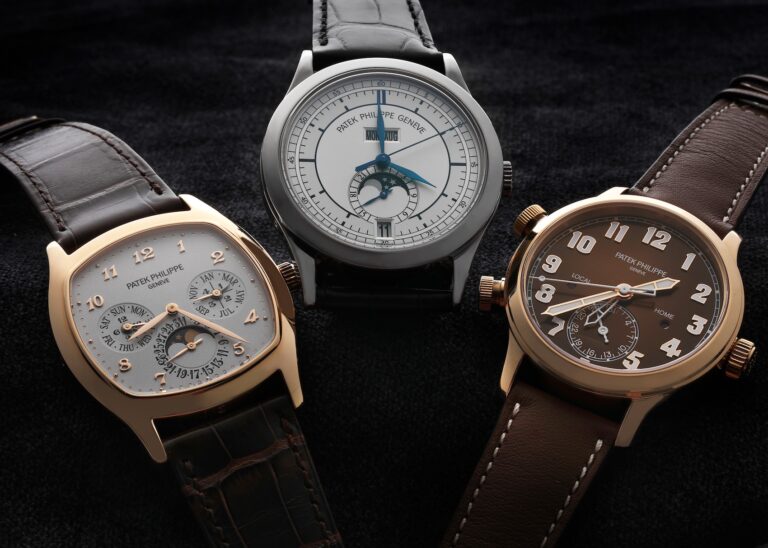For most people, fashion is something they wear, and real estate is something they live in, two separate worlds with no reason to intersect. Yet, when you look at how individuals express themselves, a fascinating truth emerges: the way someone dresses often mirrors the way they decorate and design their home. Personal style, whether minimal, bold, timeless, or experimental, finds its way not only into clothing choices but also into interior spaces, layout decisions, and even the types of properties people invest in.
Today, especially in lifestyle-driven markets like Dubai, the relationship between fashion and real estate has evolved from a subtle connection to a powerful design philosophy. Buyers who explore off-plan properties in Dubai increasingly seek spaces that match their aesthetic identity, not just their functional needs. Property developers, architects, and designers have taken note, creating residential environments that feel as curated as a luxury wardrobe.
This article explores the intricate link between personal style and the spaces we live in, how our closets reveal our interior preferences, how colors and textures shift from fabrics to furnishings, and why style has become a driving force in modern real estate choices.
Understanding the Psychology of Style and Space
Every outfit a person chooses communicates something, confidence, mood, lifestyle, or even aspirations. In the same way, home décor reveals emotional tendencies and personal narratives. Fashion psychology, a field that studies how clothing influences behavior and identity, shares many parallels with environmental design psychology, which evaluates how spaces affect well-being.
Someone who gravitates toward tailored silhouettes and simple, structured outfits often prefers clean, organized interiors with defined lines and minimal clutter. Conversely, those who love artistic, layered, or eccentric outfits naturally lean toward eclectic spaces filled with expressive décor pieces, rich textures, and visual storytelling.

Fashion and real estate converge here: both are deeply personal, deeply expressive, and shaped by the same inner compass.
A few clear style-archetype parallels include:
- Minimalist dressers → prefer neutral palettes, open layouts, and serene Scandinavian-inspired homes.
- Bold fashion lovers → choose vibrant interiors, patterned walls, attention-grabbing art, and statement furniture.
- Classic personalities → opt for timeless architecture, symmetry, muted tones, and elegant furnishings.
- Free-spirited fashion enthusiasts → gravitate toward natural materials, warm colors, and organic, bohemian-inspired interiors.
These parallels prove one thing: your wardrobe is more connected to your home than you think.
Color Translation ─ What Your Wardrobe Palette Says About Your Interiors
Color plays one of the most influential roles in both fashion and interior design. The colors people wear most often are usually the same colors they feel most comfortable surrounding themselves with at home.
For example:
- Individuals who live in monochrome outfits often choose interiors with black, white, and grey elements. Their preference for sleek tones translates into sharp architecture, polished surfaces, and structured décor.
- Those who wear earthy colors like browns, olives, and rust tones gravitate toward wooden textures, warm lighting, stone finishes, and grounded, rustic spaces.
- Lovers of pastel clothing find comfort in soft interiors, airy curtains, subtle textures, light fabrics, and calming tones.
In Dubai’s design-forward market, these trends even influence developers shaping off-plan properties in Dubai. Many of these residences are built around lifestyle palettes — neutral penthouses, richly toned waterfront apartments, and creatively styled branded residences that reflect global fashion houses.
Colors are not just visual choices; they set the emotional tone of a room the same way they define the character of an outfit.
Material Choices ─ How Textiles Influence Home Aesthetics
Fashion begins with fabrics, just as interior design begins with materials. The tactile connection between what we like to wear and what we enjoy living with is undeniable.
Consider these connections:
- Fans of linen and cotton usually appreciate natural materials like raw wood, jute rugs, and stone finishes. Their style leans toward simplicity and comfort.
- People who love leather jackets and structured materials often prefer industrial interiors, matte black metal, exposed brick, and darker, moodier aesthetics.
- Those drawn to silk, velvet, or suede gravitate toward luxury interiors featuring plush upholstery, dramatic lighting, and glossy marble surfaces.

Sustainability trends in fashion have also spilled into real estate. As brands adopt recycled materials and eco-friendly textiles, homeowners are choosing recyclable flooring, ethically sourced woods, and environmentally conscious finishes.
Fashion and real estate, once parallel industries, have started influencing each other in ways that are impossible to ignore.
Patterns, Prints, and Personal Aesthetics
Patterns reveal bolder sides of personal style. Whether on clothing or in living rooms, prints represent individual personality and confidence.
If someone embraces:
- Geometric prints in clothing often gravitate toward modern wallpapers, contemporary art, and structured décor.
- Florals tend to include botanical themes, softer furnishings, and nature-inspired accents in their homes.
- Abstract motifs, they prefer expressive artwork, creative décor, and non-traditional layouts.
Dubai’s luxury property scene fully embraces this connection, especially with branded residences inspired by global fashion houses. The presence of interiors by Versace Home, Fendi Casa, and Armani Casa showcases how fashion aesthetics translate directly into residential design philosophies, bold prints, iconic patterns, signature fabrics, and brand-driven identity.
Here, fashion and real estate become one continuous design language.
The Rise of Fashion-Inspired Residences
What was once a niche trend has become a global movement. Fashion brands now create entire residential concepts, a concept that began in cosmopolitan capitals and has flourished in Dubai.
These residences combine real estate investment with personal identity:
- Armani Residences express quiet luxury through soft neutrals and precise detailing.
- Versace-branded homes celebrate opulence with vivid patterns, gold accents, and artistic highlights.
- Karl Lagerfeld villas showcase monochrome modernism and sharp contrasts.
- Missoni homes embrace vibrant color, expressive textiles, and strong personality.

Buyers of such homes are not merely purchasing square footage; they’re investing in a lifestyle, a brand philosophy, and a physical extension of personal style. This is where fashion and real estate blend seamlessly to create distinctive living experiences.
How to Build a Home That Reflects Your Wardrobe
Designing a home that genuinely represents your fashion sense requires clarity and observation. The process begins with understanding your everyday choices.
Here’s a practical approach:
- Identify your wardrobe’s dominant color family. These colors form the foundation of your interior palette.
- Observe your preferred fabrics. Comfort-driven fabrics correspond with cozy homes; structured fabrics match modern lines.
- Understand your dressing patterns. Layering in clothing translates into layered décor, textures, tones, and mixed materials.
- Find the hero piece in your wardrobe. Whether it’s a designer jacket or a standout shoe, use it as inspiration for a statement décor piece.
- Study the silhouettes you prefer. Flowing dresses reflect organic furniture and curved lines; tailored outfits reflect geometric and structured interiors.
This is how personal identity becomes the core of design.
Minimalism vs. Maximalism ─ Two Worlds, One Philosophy
Most people lean naturally toward one of these design identities:
- Minimalists seek clarity, open spaces, soothing tones, and functional design. Their homes resemble a capsule wardrobe, intentional, refined, and calm.
- Maximalists embrace color, art, collections, and visual stories. Their interiors resemble a curated fashion show, expressive and high-impact.
Neither is right or wrong; both are authentic expressions of personality and lifestyle. The real power lies in knowing who you are and shaping your environment accordingly.

Where Lifestyle, Fashion, and Real Estate Meet
The home a person chooses is rarely accidental. It reflects ambitions, habits, experiences, and aesthetic preferences. In a global city like Dubai, where design, culture, and innovation intersect, this connection becomes even stronger.
People who explore off-plan properties in Dubai look for more than modern layouts; they seek homes that mirror their lifestyle, align with their tastes, and elevate their identity. Whether it’s a waterfront apartment, a branded villa, or a designer-inspired residence, personal style is quietly influencing the choices buyers make.
Fashion and real estate, therefore, are not separate, they are deeply intertwined expressions of who we are and how we choose to live.
Conclusion ─ Style Begins at Home
A well-curated wardrobe reveals personality, but a thoughtfully designed home makes that personality visible in every corner. When fashion and real estate meet, something remarkable happens: living spaces become meaningful, expressive, and authentically connected to identity.
Your home, much like your favorite outfit, should feel undeniably yours, a reflection of comfort, confidence, and character.
Related Posts:
- 20 Best Gaming Headset Under 50$ 2024 - for PC, PS4,…
- 12 Best Car Wax For Black Cars 2024 - Protection and…
- 10 Best Climbing Harness of all Time 2024 - Opinion…
- Top 10 Best Leather Backpack For Men and Women 2024…
- Eric Mondo Height, Boyfriends, Career, Net Worth and…
- 15 Best Shoes for Jumping Rope 2024 - Maintain a…







